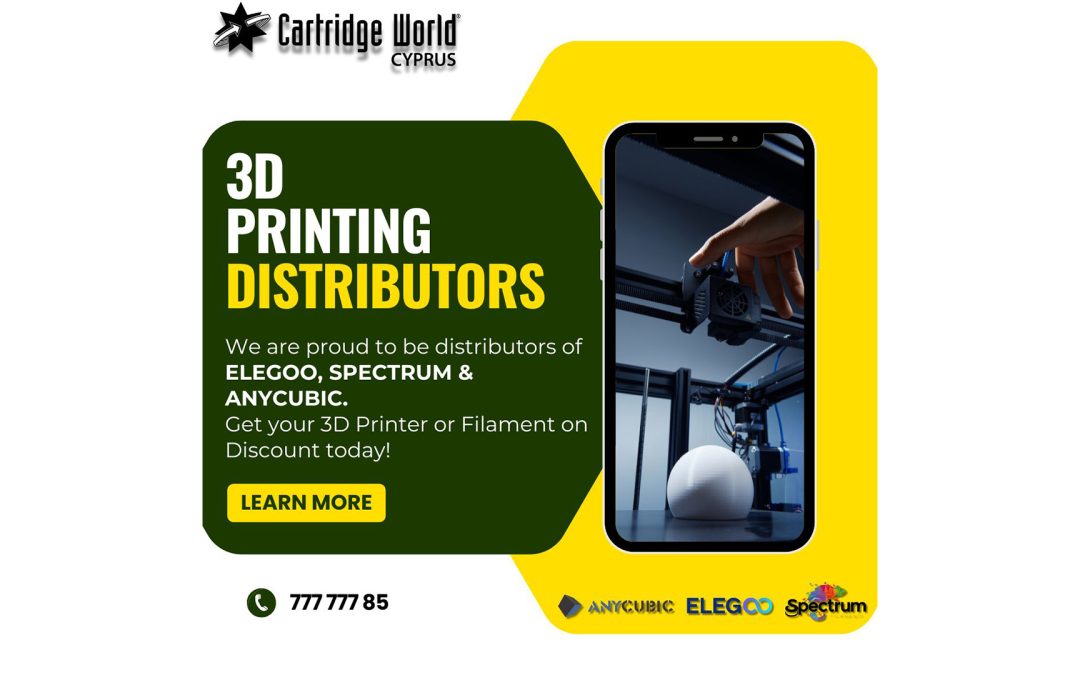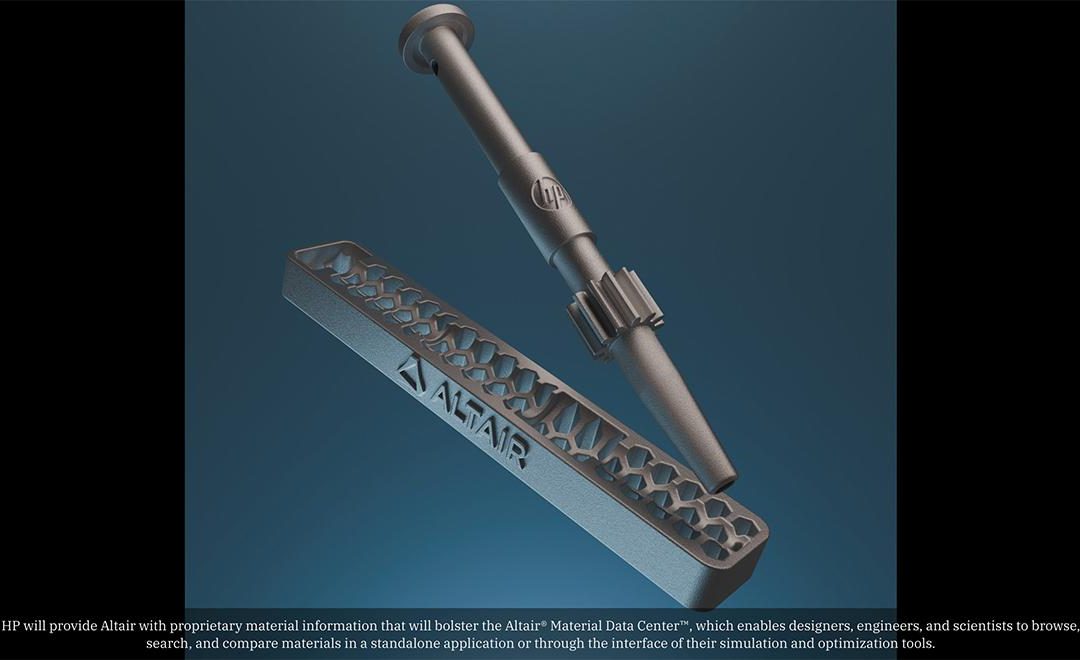 NASA has announced that over a hundred parts for its deep-space capsule will be made using 3D printers.
NASA has announced that over a hundred parts for its deep-space capsule will be made using 3D printers.
The Japan Times reports that the parts for the Orion capsule will utilise technology that is predicted will become vital in the efforts to put a human on Mars, and will be developed by Lockheed Martin, a US defence contractor, alongside engineering firm PADT and 3D printing specialist Stratasys.
They are adept for deep-space missions owing to their ability to withstand both extreme temperatures, and chemical exposure, according to Stratasys. “In space, for instance, materials will build up a charge. If that was to shock the electronics on a space craft there could be significant damage,” explained the company’s Vice President of Manufacturing Solutions, Scott Sevcik.
The benefits of 3D printing technology for the space programme include the ability to make lightweight parts at fast speeds without extravagant costs, which gives it the advantage over traditional assembly lines requiring major investments.
“Even more significant is that we have more freedom with the design,” added Sevcik. “Parts can look more organic, more skeletal.”
Orion forms part of NASA’s strategy to succeed the retired space shuttles, which will allow astronauts to travel beyond the International Space Station, 260 miles above our planet. Its European counterpart, ESA, has even floated the suggestion of using moon rock, and Mars dust, in 3D printing, to reduce the amount of material brought from Earth.
For Lockheed Martin, the utilisation of 3D printing on this project could pave the way for success in other areas of its operations.
“We look to apply benefits across our programmes,” said Lockheed Martin Space’s Additive Manufacturing Manager, Brian Kaplun, giving the examples of “missile defence, satellites, planetary probes – especially as we create more and more common products.”




















